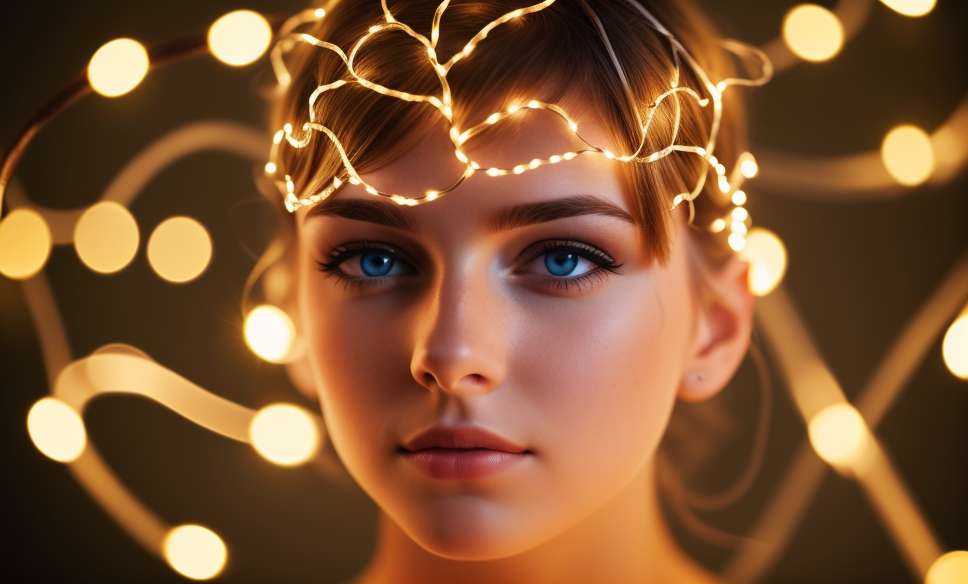Calendula
April 2024

Anxiety , depression, autism and bipolarity are neurological and psychiatric disorders that develop more frequently at an early age; However, there are treatments such as neurostimulation that help control or heal them.
In an interview Cristina Martínez de Luis, director of Clinica Neurometrics in Mexico , details that electrical electrostimulation is an effective treatment against diseases such as anxiety, depression, behavior or learning disorders, autism, schizophrenia, bipolarity, dysautonomia, among many others
Martínez de Luis explains what it means to measure the brain activity of patients to identify the brain area where the disorder is generated, such as anxiety , through a quantitative encephalogram (QEEG, for its acronym in English)
Once the pathology is identified and the patient's medical history is known, a multimodal treatment is designed to have a successful outcome. Each case is different, since the symptoms or progression of the disease is not the same in all patients.
"The multimodal treatment is integrated by the combination of electrostimulation and other traditional procedures, such as psychology, occupational therapy, language and learning; as well as physiotherapy, medication and supplementation. "
One of the objectives of this treatment is to know the exact area where the disease to stimulate it with electrical impulses almost imperceptible by the patient, to awaken those areas that are inactive.
Even patients improve their attention span, memory and control their impulses at the end of the two-month treatment.
Although there is no specific age to start treatment, it is recommended that parents wait for their children to turn five years to make a correct diagnosis of any neurological and psychiatric disorder and thus obtain an adequate treatment.
"Although it is not always possible because it depends on the pathology of patients and the degree of the disease, pharmaceutical treatment can be withdrawn to have a better quality of life," concludes Cristina Martínez de Luis.